The Flavor characteristics of the three Coffee producing areas in the World introduction to the characteristics of Coffee Bean producing areas in Yunnan and Indonesia
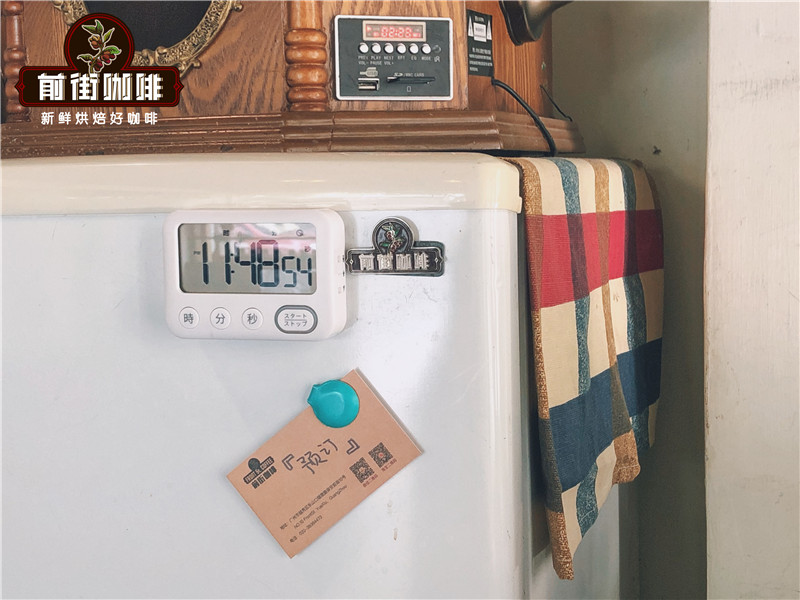
Professional coffee knowledge exchange more coffee bean information please follow the coffee workshop (Wechat official account cafe_style)
According to the world coffee belt, it can be divided into three coffee producing areas: Latin American coffee producing area, Asian coffee producing area and African coffee producing area. Qianjie Coffee has previously introduced African coffee producing areas and Latin American coffee producing areas. To sum up, African coffee producing areas are mostly acid, soft acid represents Ethiopia, and strong acid represents Kenya. Latin American coffee-producing countries have more choices, focusing on chocolate and nuts, representing countries such as Brazil, Colombia and Panamanian Emerald Manor, which discovered the Rose Summer flavor. Today, Qianjie Coffee introduces the coffee producing areas in Asia. The coffee beans in the Asian producing areas will be mainly mellow, including the Mantenin coffee beans in Sumatra, Indonesia. Papua New Guinea Paradise Bird Coffee beans near Indonesia are known as the Little Blue Mountains, and so on.
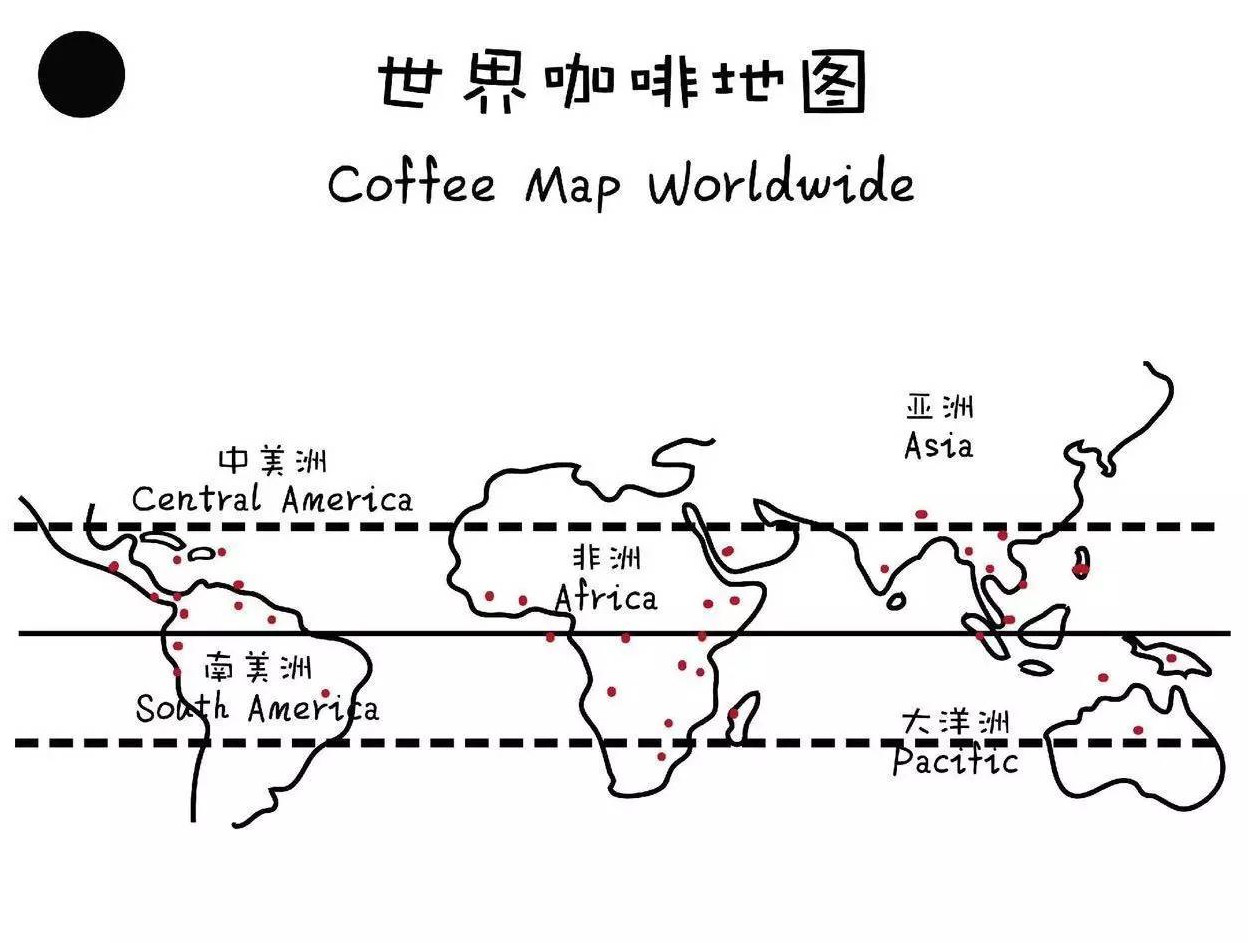
Asian coffee producing area
Asia as one of the three largest coffee producing regions in the world, in fact, the famous coffee producing countries are not as many as the other two coffee producing areas, but the output is not to be underestimated, and it also has its unique and identifiable flavor. The overall flavor of Asian coffee producing areas will be mellow and mellow, with a strong and round sweet taste. It is precisely because of the heavy nature of Asian coffee that it is very suitable to be used as a base when making Italian coffee, and of course it is also a good choice as a single product.
The well-known coffee producing countries in Asia are Indonesia, China, Vietnam, India and Papua New Guinea. There is no ranking in the following introduction.
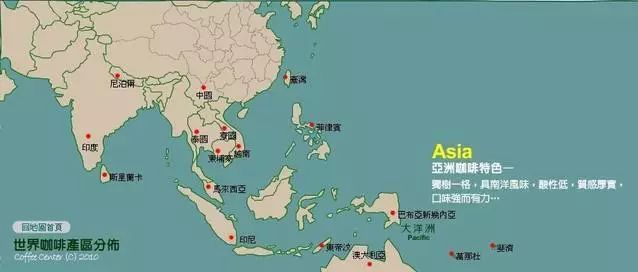
Indonesia
Indonesia is located in southeastern Asia. In 1696, in order to expand the coffee growing base, the Dutch found Indonesia and first introduced coffee beans to the country's Java island to grow coffee beans in large quantities. However, in 1877, leaf rust swept through almost all coffee trees in Indonesia, and Arabica coffee beans were almost wiped out, causing heavy losses.
Later, Indonesia introduced robusta coffee beans from Africa. Robusta coffee beans have strong disease resistance, which makes up for the economic losses caused by the disease resistance of Arabica coffee beans. Indonesia is now the main producer of robusta coffee beans in the world. Robusta coffee beans are grown in southern Sumatra, Indonesia, while Arabica coffee beans are grown in northern Sumatra, Indonesia. Although Arabica coffee beans account for only about 10% of the total coffee beans in Indonesia, they are enough to attract the attention of the world, including Manning coffee as we all know.
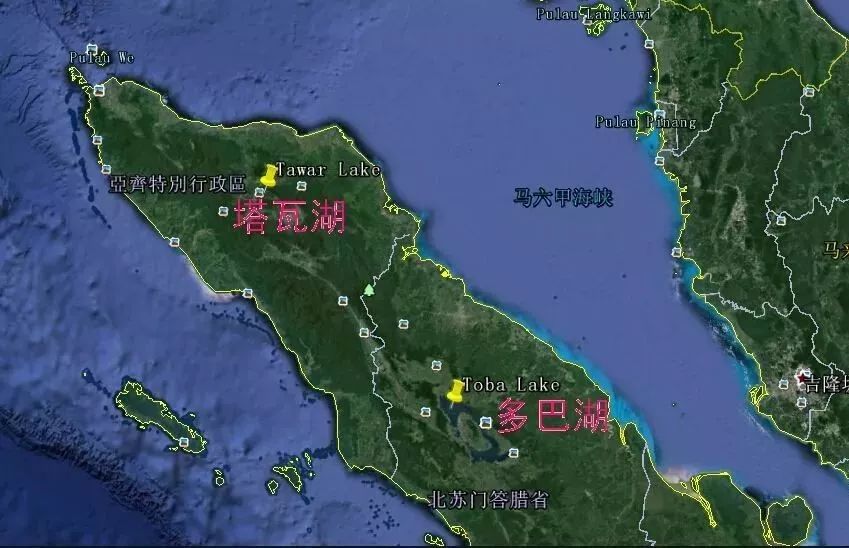
[coffee bean treatment]
The main treatment methods of Indonesian coffee beans are sun treatment, water washing and wet planing. Because of the humid climate, Rain Water frequently, in order to pursue a more efficient drying, the use of water washing treatment and wet planing method.
The most famous coffee bean treatment in Indonesia is the wet planing method. The area where this treatment is used is mainly distributed in Sumatra in western Indonesia, which is rich in rich Mantenin coffee. The wet planing method mainly has two stages: peeling off the peel and pulp of the coffee fruit, briefly fermenting and drying until the moisture content is reduced to 12-13%. This rapid treatment can cause coffee beans to be squeezed and cracked, which is what we call sheep's hoof beans, which is a characteristic of Mantenin coffee beans, not a flaw.
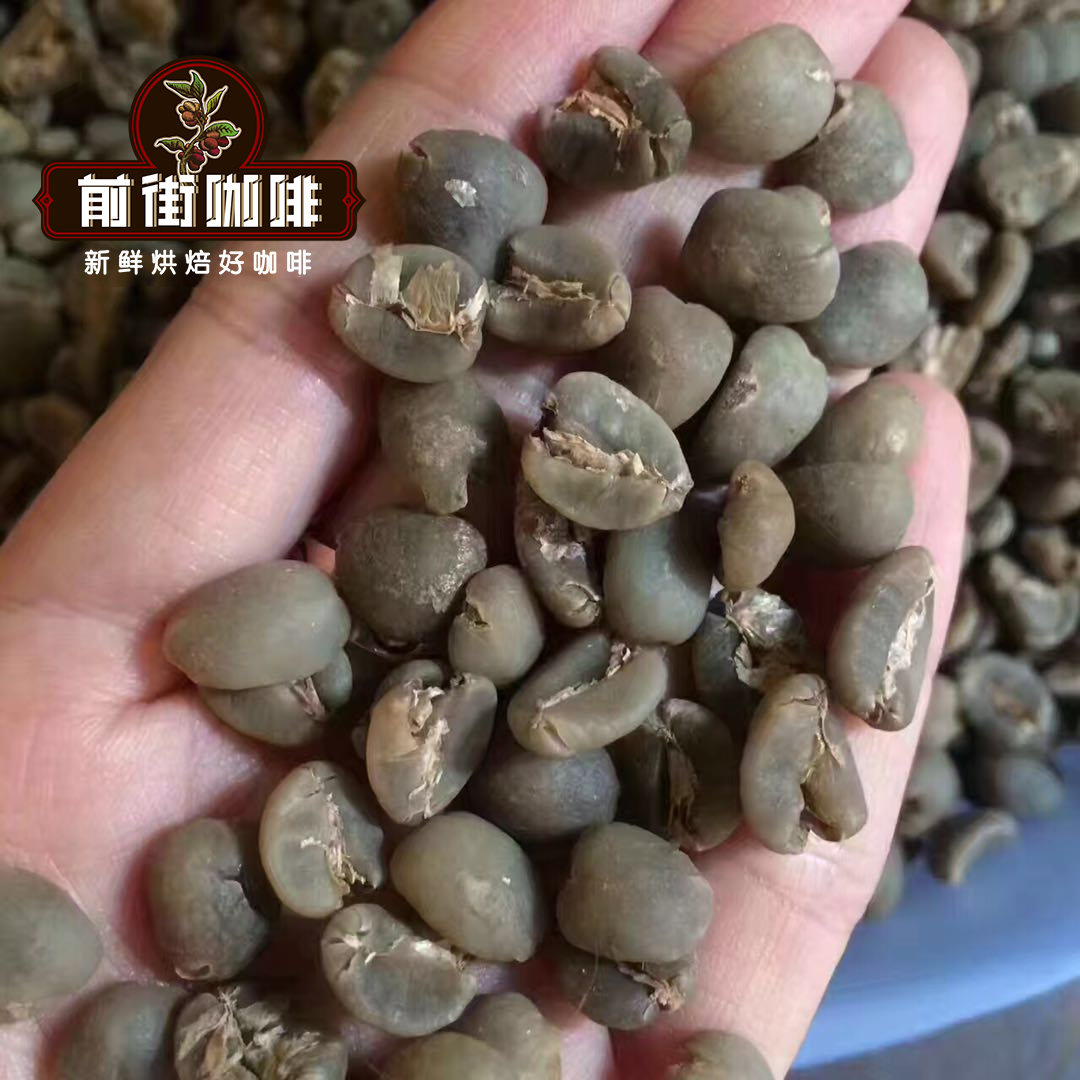
In addition to the conventional wet planing, there is also an old wet planing method. Coffee beans are first treated by ordinary wet planing, and then sealed in the warehouse for 2-3 years. During this period, the acidity of the coffee beans will slowly weaken and turn into sugar, and the Mantenin coffee beans treated with this method are also called old Mantenin coffee beans.
[type of Manning Coffee]
The main production area of Mantenin coffee beans is located in the area of Lake dopa at the northern tip of Sumatra, Indonesia. The common Mantenin coffee beans are gold mantenin coffee beans, Lindong mantenin coffee beans and old mantenin coffee beans.
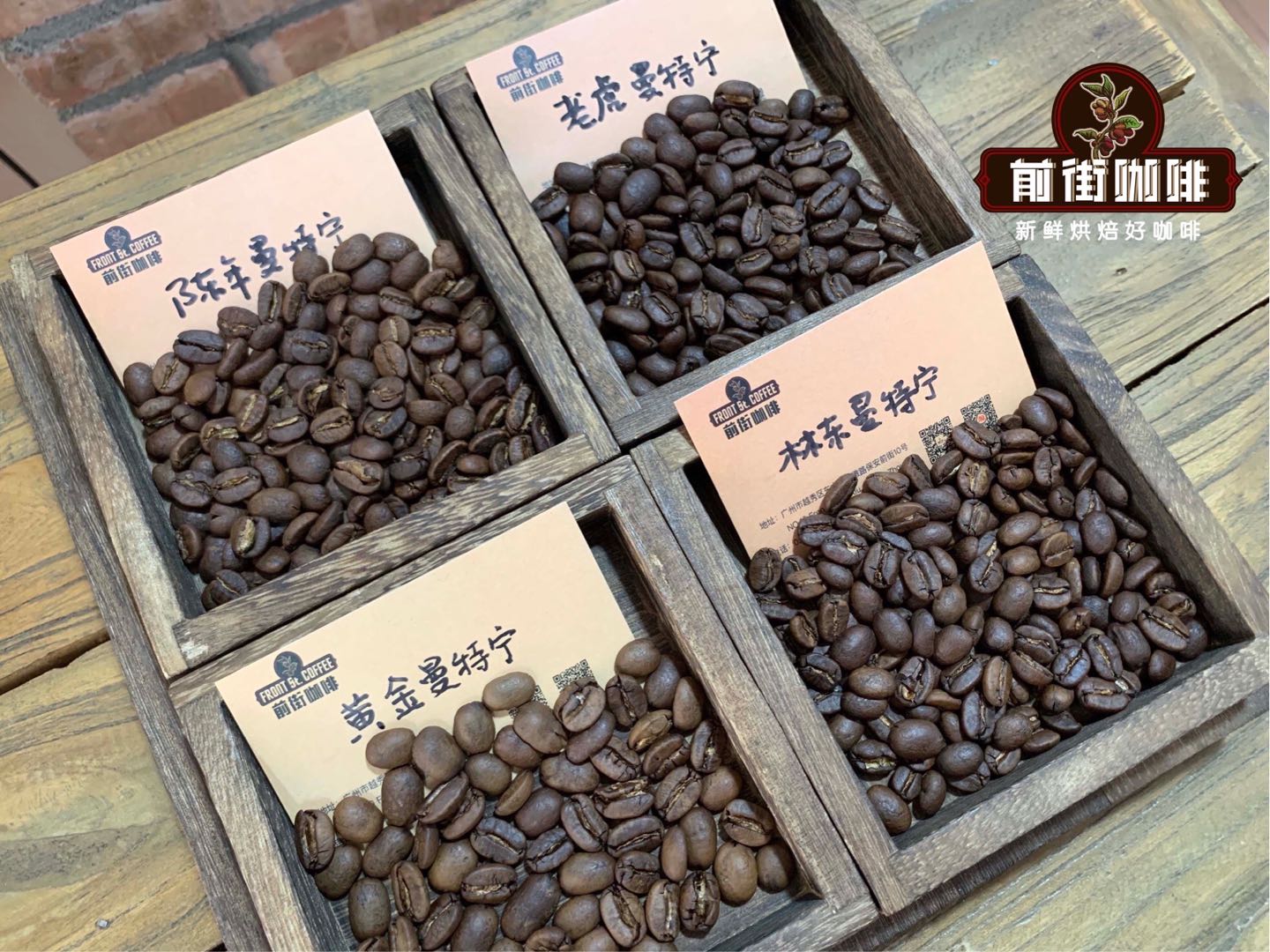
The difference between these mantenins is that Lin Dong Mantenin represents the most Mantenin flavor and has a strong herbal flavor. And Golden Manning is a selected grade PWN (Indonesia's local Mantenin company) Mantenin, bean size is uniform and more than 18 mesh, manual screening more than 4 times, its taste is clean and bright, but mellow taste is also excellent. Old Manning has also said before that the use of different wet planing treatment will bring out a stronger flavor, which is not acceptable to ordinary people.
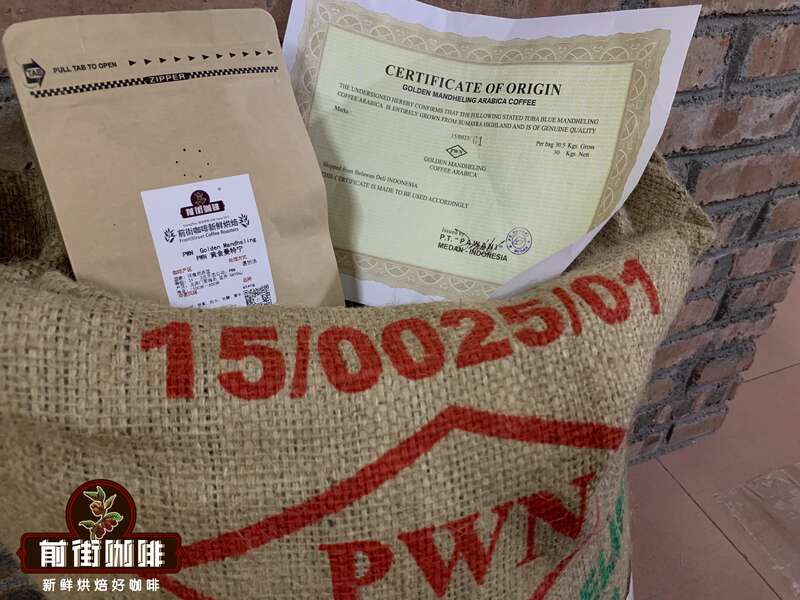
[former Street Coffee Golden Manning Coffee as an example]
Producing area: Mount Azigayo, North Sumatra, Indonesia
Altitude: 1100-1600 m
Variety: Ateng
Grade: G1, 3 times hand selection
Treatment method: wet planing method
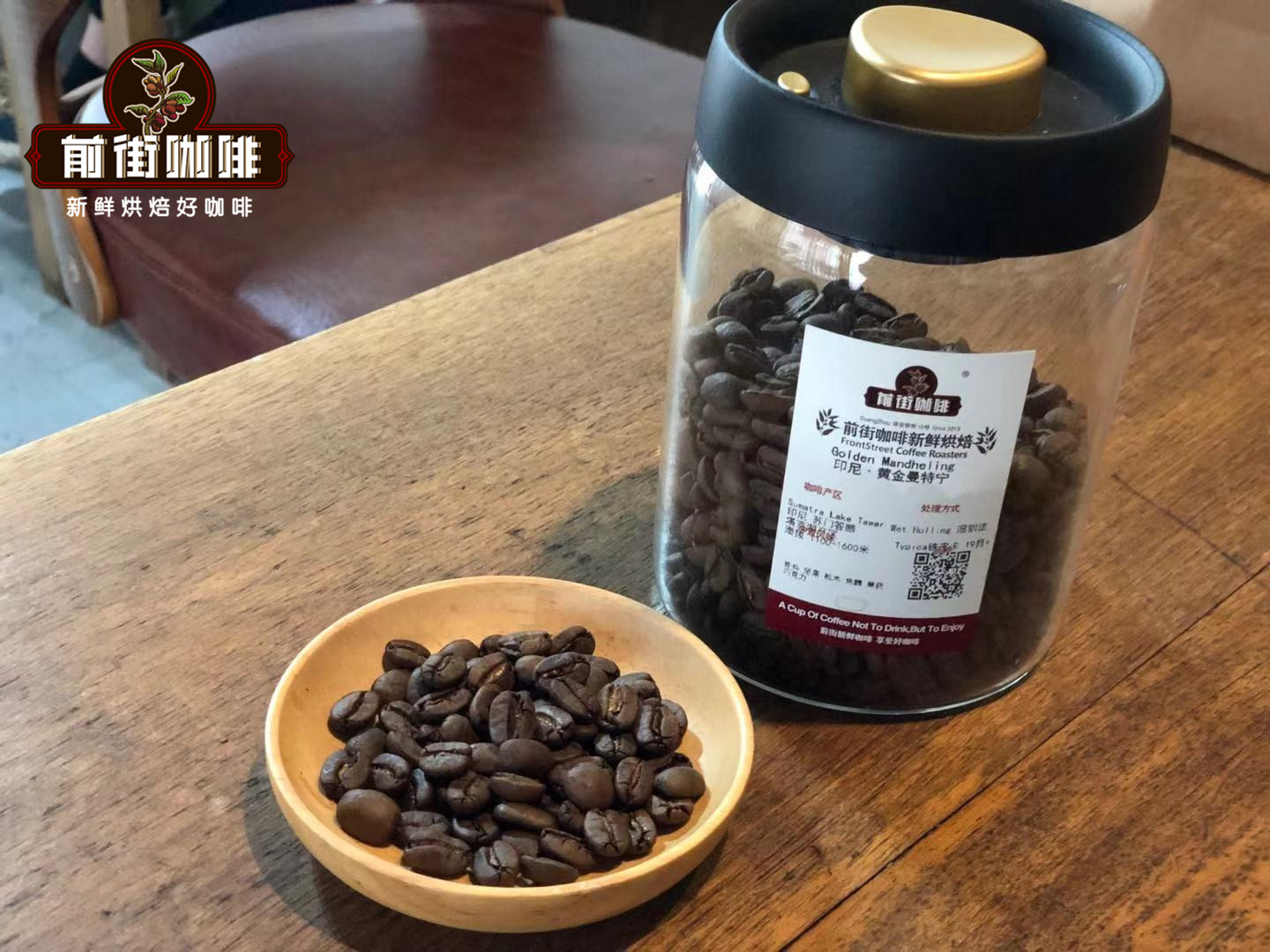
Suggested brewing parameters: Kono filter cup, 88 ℃ water temperature, 15 g coffee powder, 1:15 ratio of water to powder, medium and fine grinding (standard sieve 20 pass rate 70-75%). Suggestion: Qianjie coffee adopts sectional method, 30 grams of water is steamed for 30 seconds, small water flow is injected to 125g, water level drops to 225g when the powder bed is about to be exposed, and the extraction time is 2 minutes. Flavor description: nuts, spices, herbs, licorice, chocolate, caramel, clean and soft flavor. Yunnan, China
Coffee growing areas in China are mainly distributed in Yunnan, Hainan and Taiwan. Hainan mainly grows robusta coffee beans, while Yunnan and Taiwan mainly grow Arabica coffee beans. At present, Yunnan is the most popular coffee producing area in China.
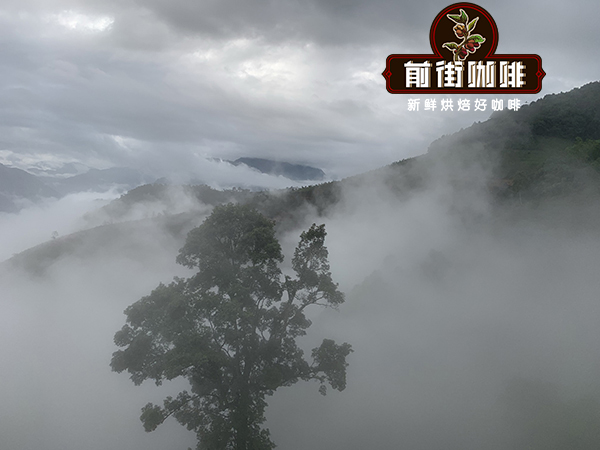
Yunnan is located in the south of the Tropic of Cancer, belongs to the subtropical mountain climate region, the unique plateau red soil, the soil is fertile and loose, the climate is mild, especially suitable for growing small-grain coffee. Small seed is what we call Arabica coffee beans. when it was introduced into China, in order to promote memory, we chose the name small seed instead. The representative coffee bean in Yunnan is Katim coffee bean.
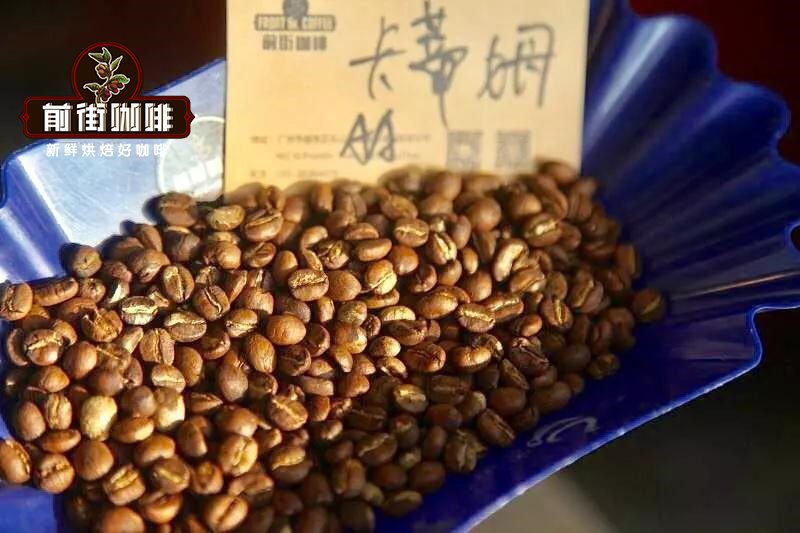
The unique natural conditions of Yunnan have formed the special flavor of Yunnan small-grain coffee, which is strong but not bitter, fragrant but not strong, and slightly fruity. As early as the 1950s, Yunnan small seed coffee was very popular in the international coffee market and was rated as the top grade of coffee. The planting areas are mainly distributed in Lincang, Baoshan, Simao, Xishuangbanna, Dehong and other states. The average temperature of Baoshan is 21.5℃, and the highest is 40.4℃, which is basically frost-free all the year round. It is recognized as the best producing area of small-grain coffee.
At present, the planting area of coffee beans in Yunnan Province accounts for 70% of the national area, and the output accounts for 83% of the whole country. Yunnan coffee has established the dominant position in China in terms of planting area and coffee bean production.
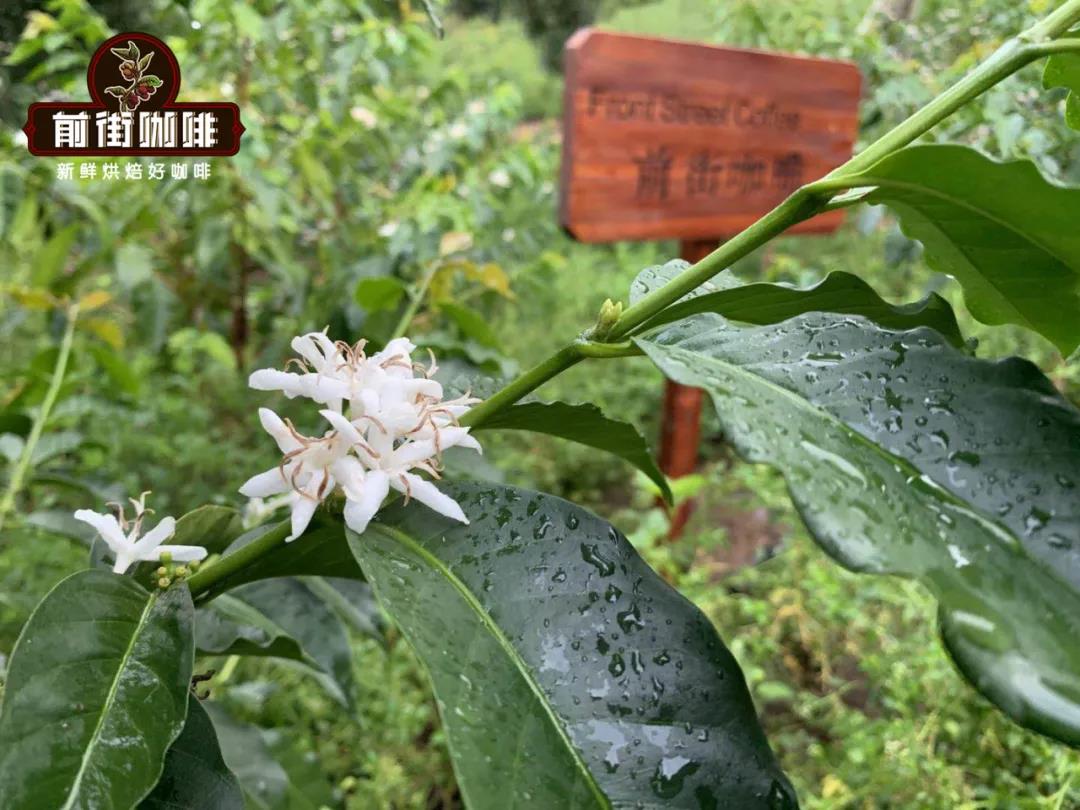
[coffee bean treatment]
The treatment methods of coffee beans in Yunnan now tend to be diversified, such as solarization, washing and anaerobic treatment, showing a state in which a hundred schools of thought contend. At present, China's coffee market is still in the rising stage, and there is a lot of room for development. not limited to a particular way of handling coffee beans is actually a necessary way to explore the process, and determining the preferences of the public is the key. [coffee bean varieties]
At present, the main varieties of coffee beans in Yunnan are iron pickup and Katim. Iron pickup is the oldest native variety in Ethiopia. Its top leaf is bronzed, and some people call it "red top coffee". The beans are large, pointed oval or thin. Iron pickup coffee has its unique quiet and clean flavor, as well as balanced features, high cleanliness, but the only drawback is insufficient production, altitude requirements, at the same time easy to infection with leaf rust, and resistance to diseases and insect pests is not strong.
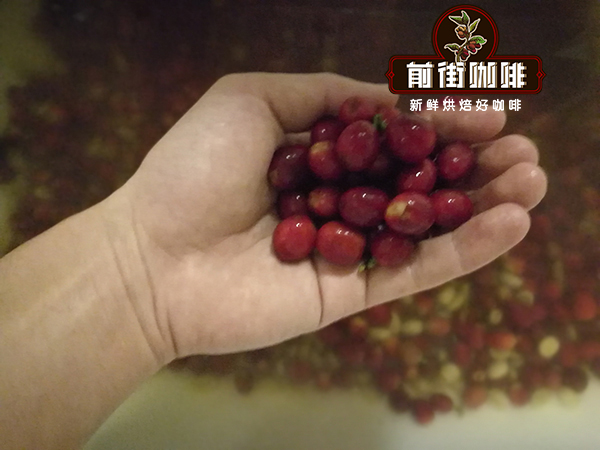
In 1959, the Portuguese moved the Brazilian bourbon mutant Kaddura to East Timor to interbreed with Tim, who was of Robusta descent, and unexpectedly succeeded in breeding Kadim with disease resistance and super production capacity. As leaf rust affects coffee producing countries around the world, with the help of international organizations, various producing countries vigorously promote Katim to fight leaf rust and increase production.
[former Street Coffee Yunnan small Grain Coffee as an example]
Producing area: Baoshan, Yunnan
Altitude: 1200 m
Treatment method: washing
Variety: Katim
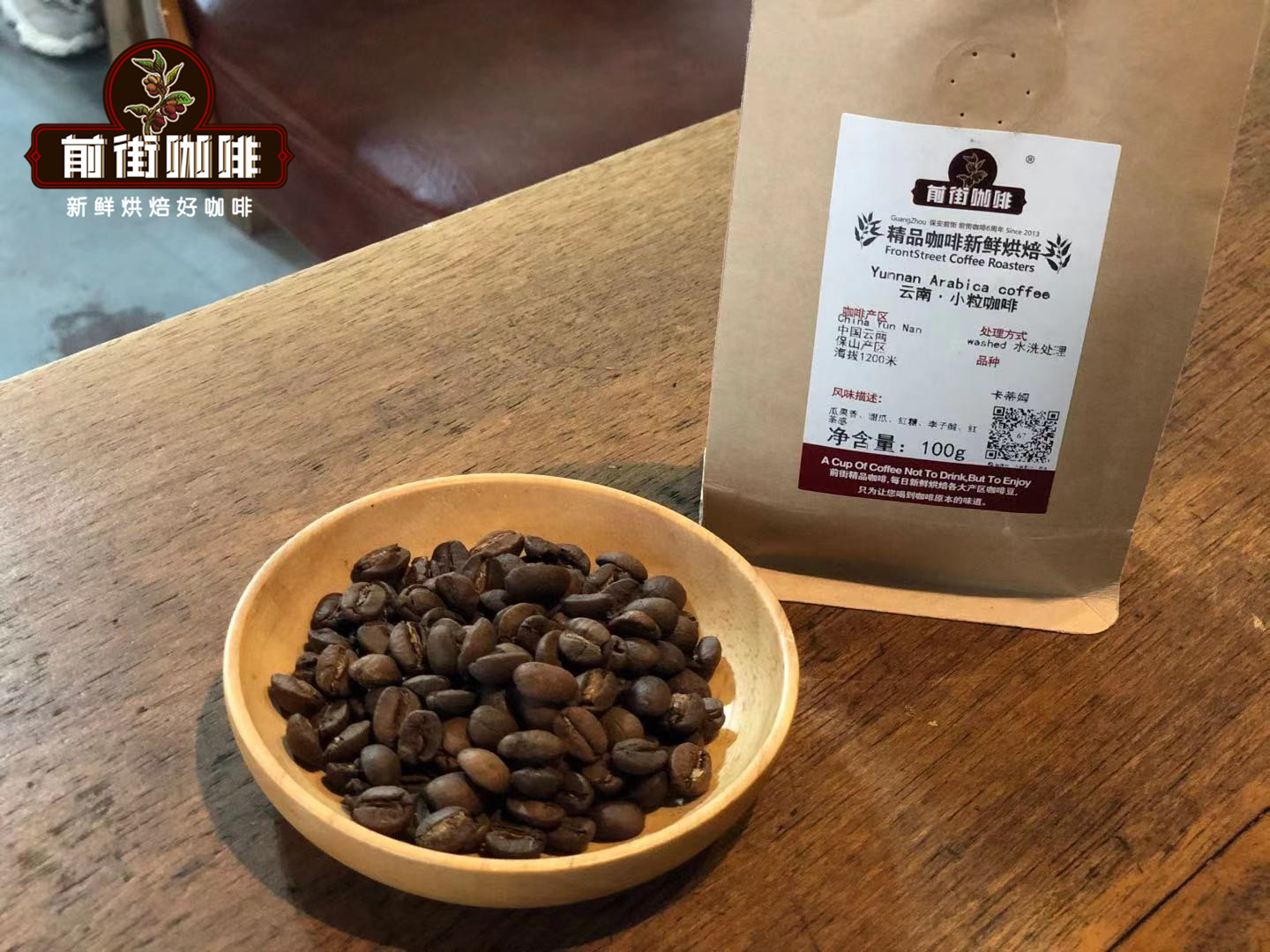
Cooking parameters: Kono filter cup, 1:15 powder / water ratio, 15g coffee powder, medium and fine grinding (standard sieve 20 pass rate 70-75%), staged extraction, 30g steam for 30 seconds, small water injection to 125g stop, then water injection to the end of 225g, the whole extraction time is 2 minutes. Palate: nutty aromas, with herbs, chocolate and caramel on the palate, with a hint of acidity in the finish.
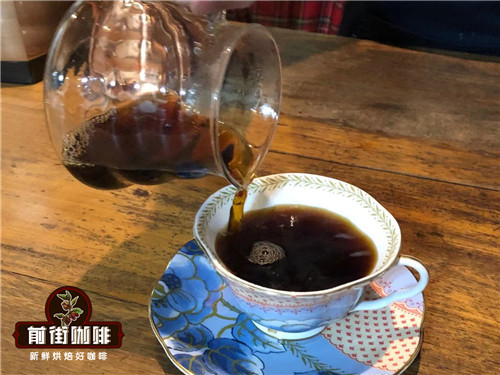
Viet Nam
Vietnam is the number one coffee producer in Asia. Perhaps under the influence of French colonial rule, coffee grown in Vietnam has a French flavor. Arabica coffee beans were brought to Vietnam by French missionaries in the mid-19th century and were grown near Tonkin Bay, mostly of Java or bourbon varieties.
At present, coffee production in Vietnam is growing. The main varieties of coffee beans exported are robusta coffee beans. 96% of robusta coffee beans come from small farms, as well as a small number of large state-owned farms. Although Vietnam produces a lot of coffee, it mainly produces robusta coffee beans, which still lags behind Brazil, Colombia and other coffee countries in terms of quality.
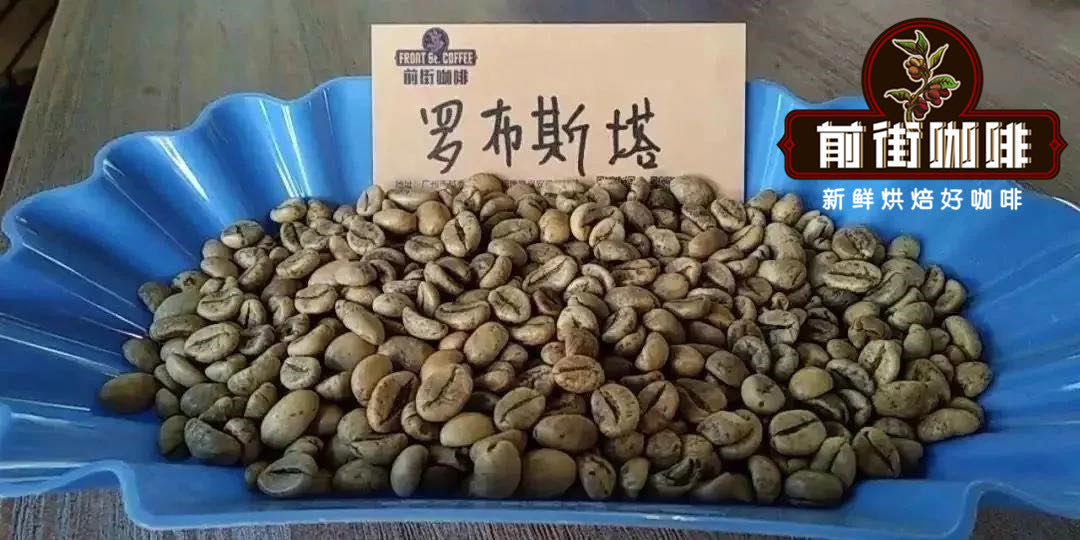
India
Indian coffee beans are treated in the same way as Indonesia, often referred to as monsoon treatment or wind stain treatment. In the past, passengers or goods sailed to and from India, which took about several months to reach Europe. During the transportation, due to the high humidity in the air, the taste and color of the raw coffee beans changed. By the time they arrived at the destination, the coffee beans had changed from the original green to a strange yellow.
Consumers are getting used to this, so when steamships shorten the journey time, coffee producers find that consumers still want beans that have changed color and taste as a result of the journey. In order to recover that special coffee flavor and make use of the advantages of Haiguo, the monsoon phenomenon occurs in southwest India in May and June every year, so during the monsoon season, people spread coffee in special houses that are open all around. it is about 12-20 cm thick, and the coffee beans are constantly turned over for 5 days so that they are uniformly exposed to the high humidity monsoon air. Finally, put the coffee beans in the bag and pile them up and continue to let the monsoon blow through the bag.
The bags are reloaded every week for a total of seven weeks until the coffee beans change color and taste. Finally, the coffee beans are hand-selected, remove those unaffected by the monsoon, and then bagged and exported.
[former street coffee Indian style stained Malaba coffee as an example]
Producing area: the coast of Malaba in southern India
Altitude: 1100-1200 m
Variety: Kents,S795,Catimor,selection 9
Treatment method: wind stain and sun treatment method
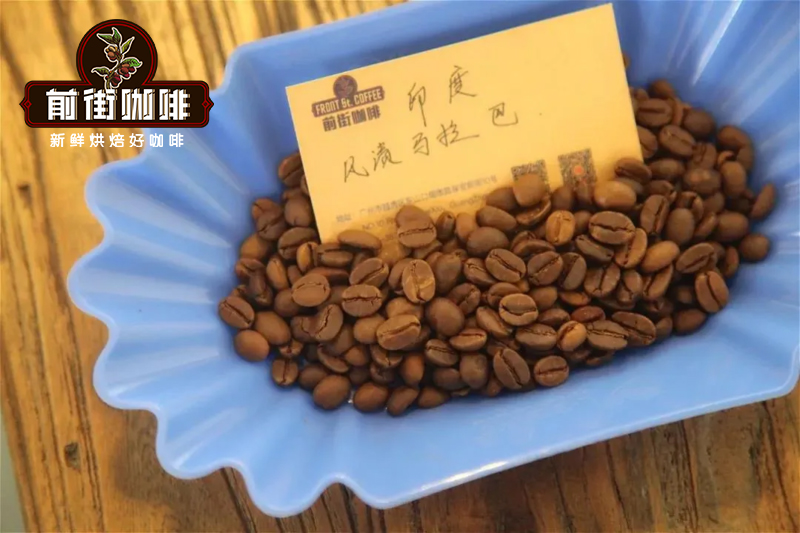
Cooking parameters: Kono filter cup, 1:15 powder / water ratio, 15g coffee powder, medium and fine grinding (standard sieve 20 pass rate 70-75%), staged extraction, 30g steam for 30 seconds, small water injection to 125g stop, then water injection to the end of 225g, the whole extraction time is 2 minutes. Palate: intense aromas of caramel, raisins and herbs, with a raspberry finish. Papua New Guinea
Papua New Guineans see the bird of paradise as a symbol of freedom and happiness. PNG AA Sigri Manor Arabica Coffee, named Paradise Bird Coffee, has the same flavor as the name, with special spice and rich sweet and sour taste. For example, this coffee bean is bred by the Jamaican Blue Mountain Ironhide Card after a long journey to Papua New Guinea, with the same blood of the Jamaican Blue Mountain.
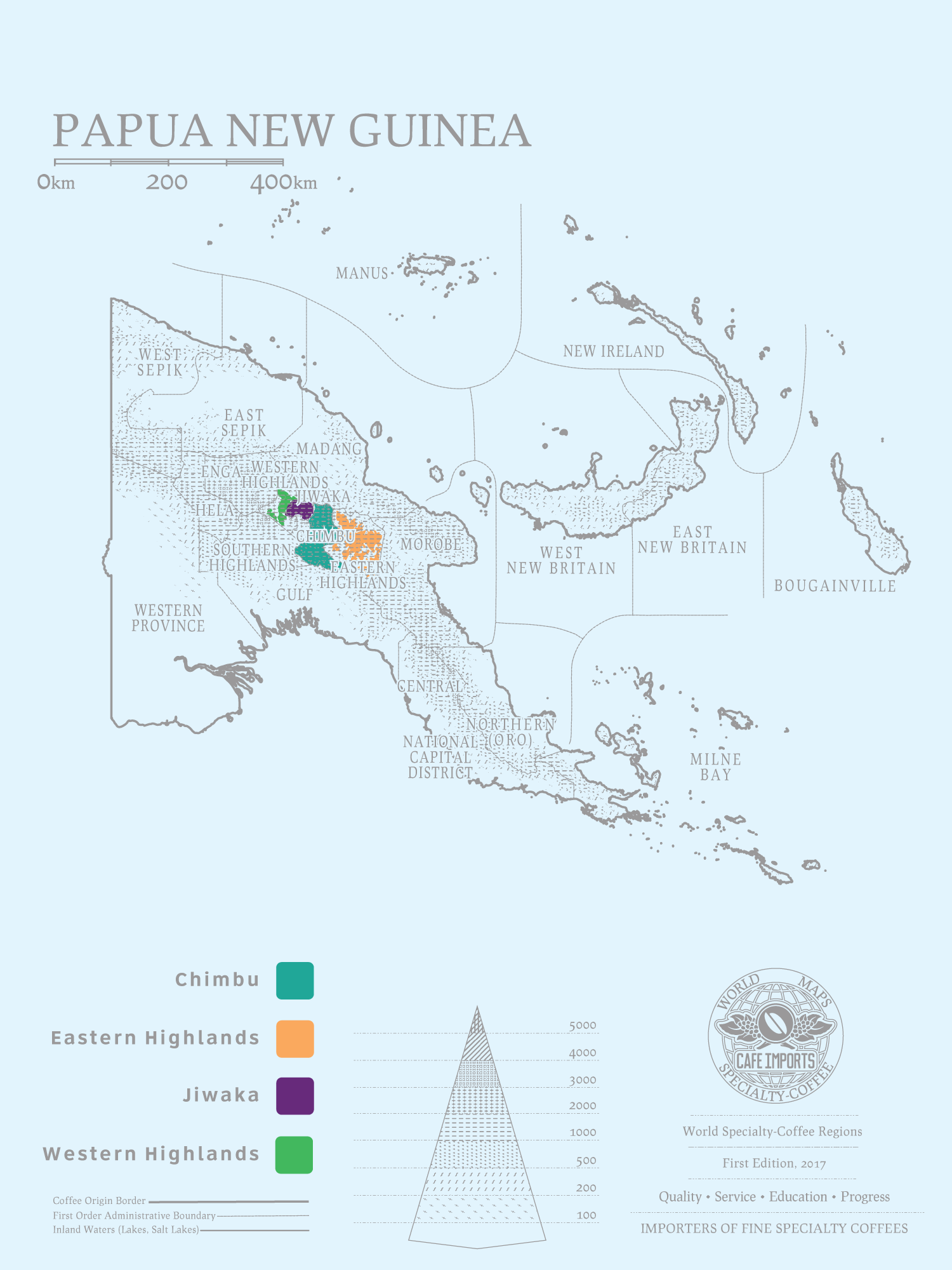
[coffee bean treatment]
In Papua New Guinea, coffee is a national crop, and 90% of it is grown by small farmers, supporting 1. 3% of the national income. Most of the small estates use the washing method to treat the coffee beans, which has a strong taste but no local flavor. In addition, they also use a small amount of sun treatment, which has a better flavor than the washing method. The taste of the large manor coffee is relatively clean and meticulous.
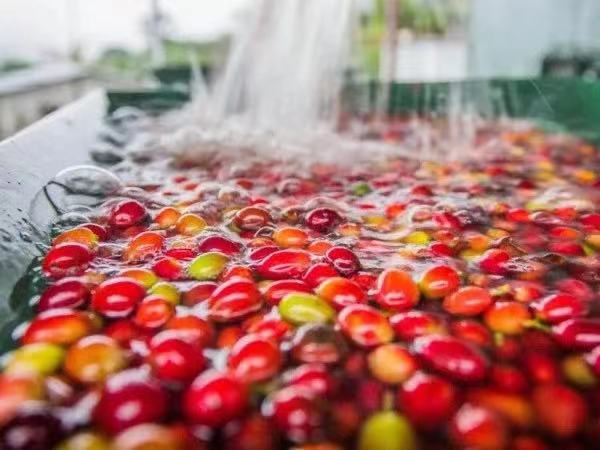
[coffee bean varieties]
Basically, the texture of Papua coffee beans is lighter than Java coffee beans in Indonesia, somewhat similar to good-quality Central American coffee beans. Most of the coffee trees in Papua New Guinea come from Tibica coffee trees in Jamaica, so they are known as the "Little Blue Mountain".
[former Street Coffee Babu Paradise Bird Coffee as an example]
Producing area: Sigri Manor, Papua New Guinea
Grade: AA
Variety: iron pickup
Altitude: 1600-1800 m
Treatment: washing
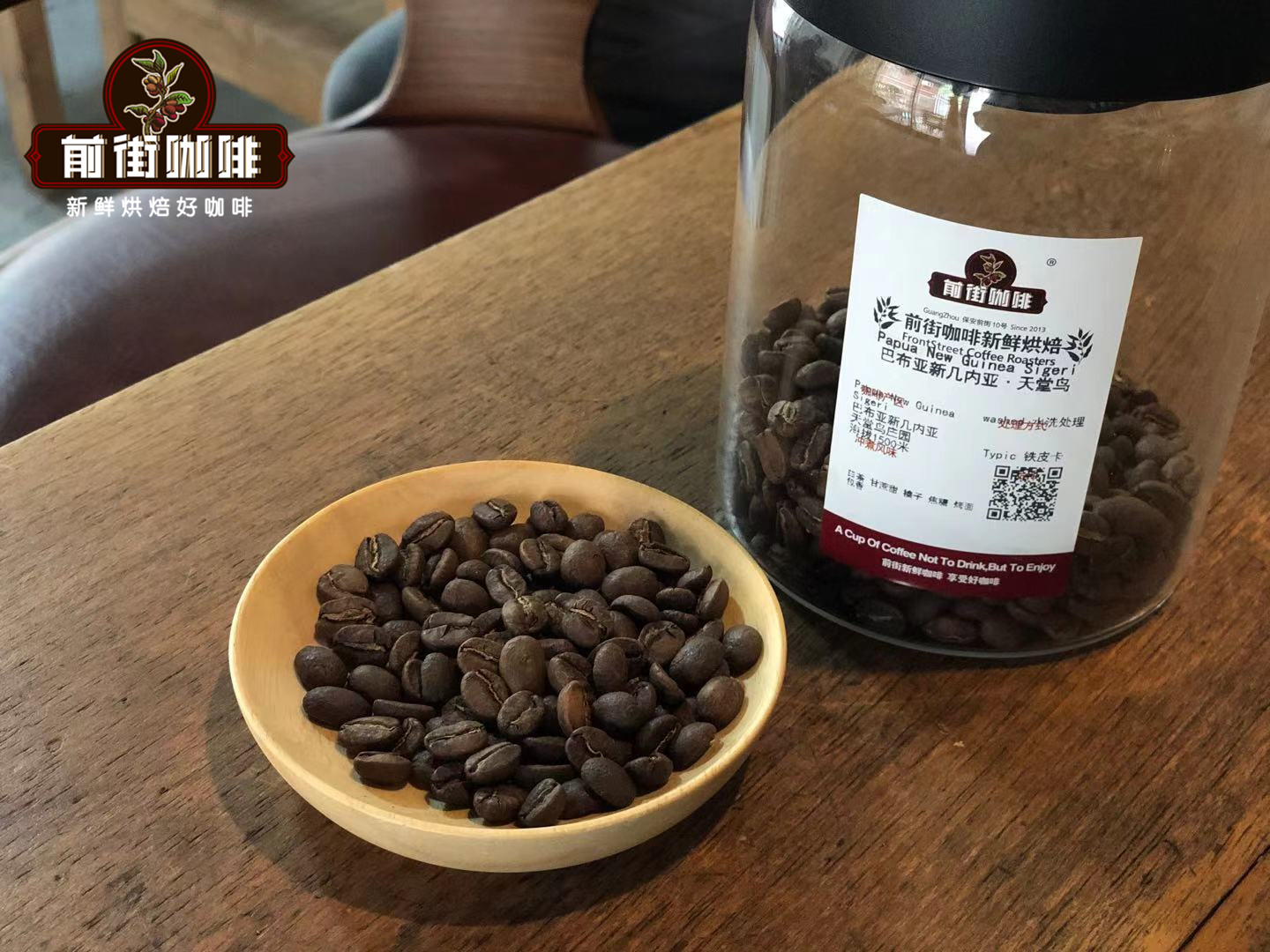
Cooking parameters: Kono filter cup, 1:15 powder / water ratio, 15g coffee powder, medium and fine grinding (standard sieve 20 pass rate 70-75%), staged extraction, 30g steam for 30 seconds, small water injection to 125g stop, then water injection to the end of 225g, the whole extraction time is 2 minutes. Palate: the palate is rich in layers, with sweet and bright acidity, with a special finish of spices, full-bodied and well-balanced.
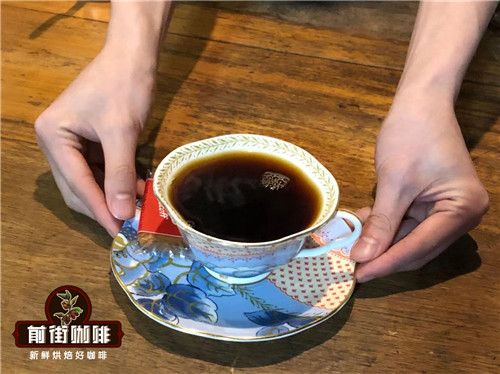
For more boutique coffee beans, please add private Qianjie coffee on Wechat. WeChat account: kaixinguoguo0925
Important Notice :
前街咖啡 FrontStreet Coffee has moved to new addredd:
FrontStreet Coffee Address: 315,Donghua East Road,GuangZhou
Tel:020 38364473
- Prev

Characteristics of coffee bean varieties in three major coffee producing areas of Latin America
Professional coffee knowledge exchange more coffee bean information please follow the coffee workshop (Wechat official account cafe_style) appreciation of coffee trees from various coffee bean producing areas of the world is a genus of Rubiaceae in botany. Coffee trees are native to subtropical Africa and some islands in southern Asia. In the 16th and 17th centuries, through the merchants of Venice and maritime hegemony
- Next
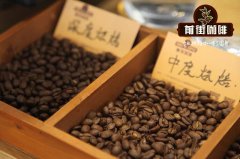
African coffee production in which countries the best of the world's three major coffee producing African coffee beans produced
Professional coffee knowledge exchange More coffee bean information Please pay attention to coffee workshop (Weixin Official Accounts cafe_style) Appreciation coffee trees from all over the world are a genus of Rubiaceae in botany. Coffee trees are native to subtropical Africa and some islands in southern Asia. In the 16th and 17th centuries, the Dutch bought through Venetian merchants and maritime hegemony.
Related
- Guji coffee producing area of Guji, Ethiopia: Humbela, Shakiso, Wulaga
- What is the most expensive variety of Qiloso in BOP multi-variety group?
- How to store the coffee beans bought home?
- Why are Yemeni coffee beans so rare now?
- Ethiopian Sidamo all Red Fruit Sun Sun Santa Vini Coffee beans
- SOE is mostly sour? What does it mean? Is it a single bean? what's the difference between it and Italian blending?
- Is Italian coffee beans suitable for making hand-brewed coffee?
- How to choose coffee beans when making cold coffee? What kind of coffee beans are suitable for making cold coffee?
- Just entered the pit to make coffee, what kind of coffee beans should be chosen?
- Can only Japan buy real Blue Mountain Coffee? What are authentic Jamaican Blue Mountain coffee beans?

